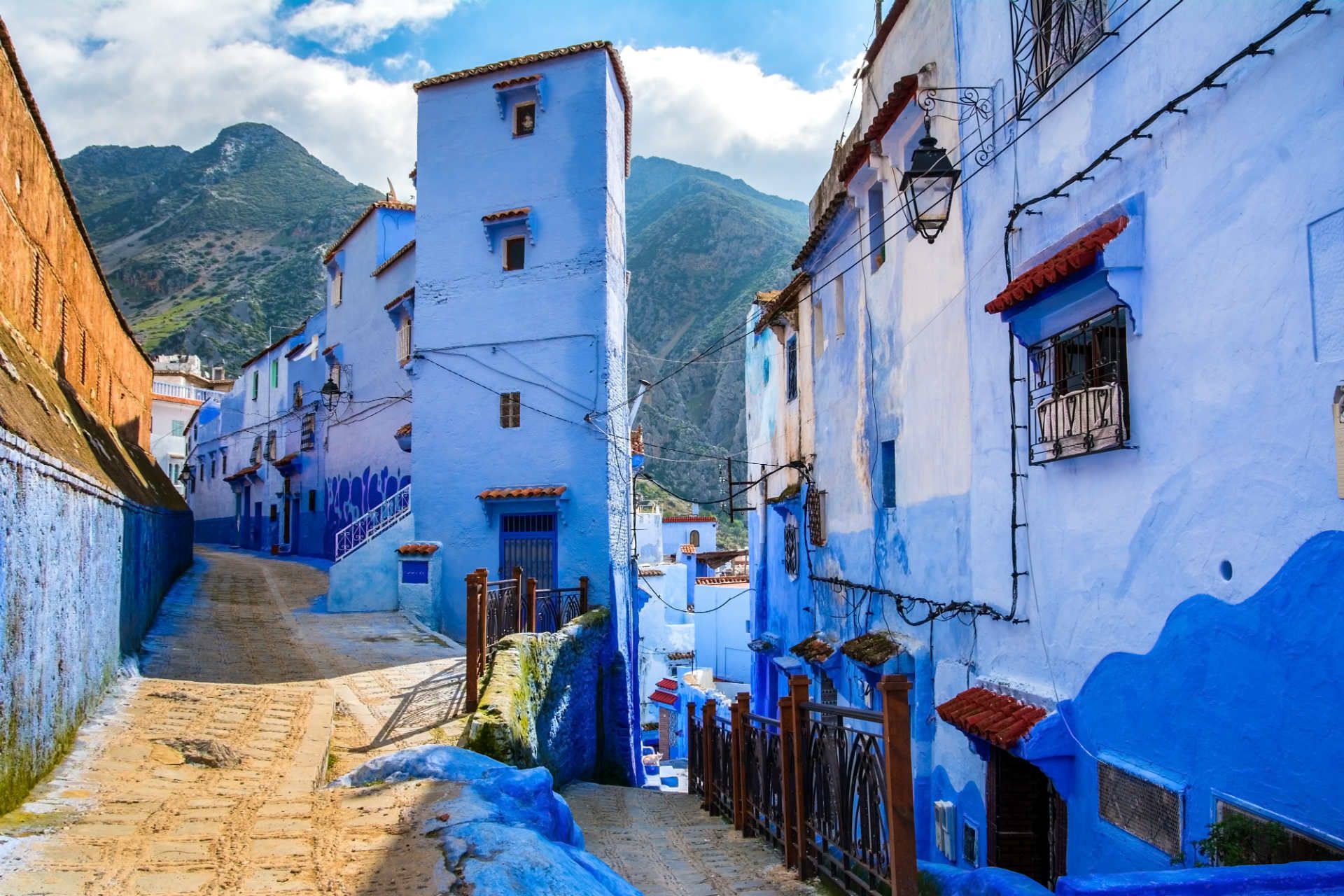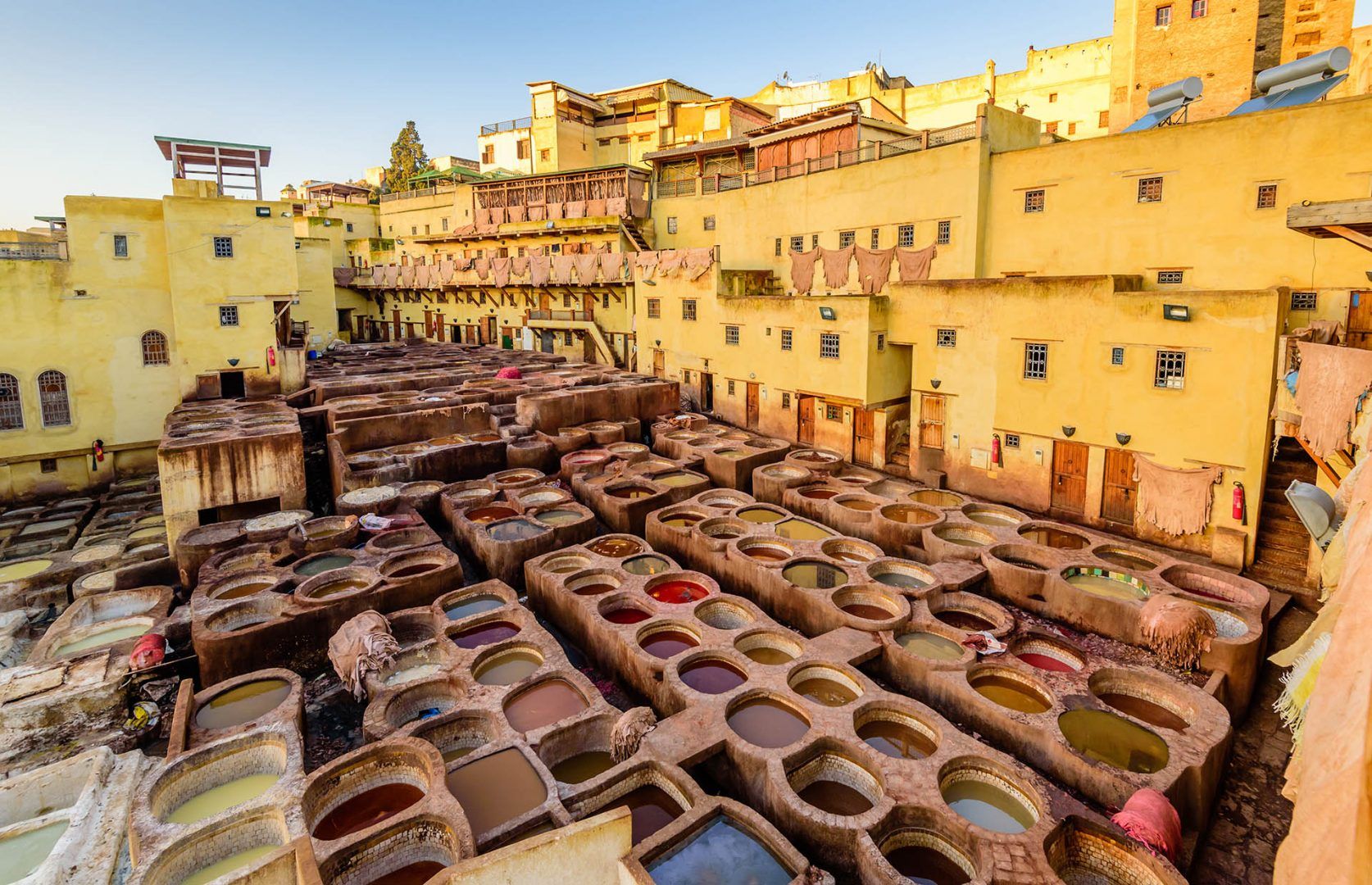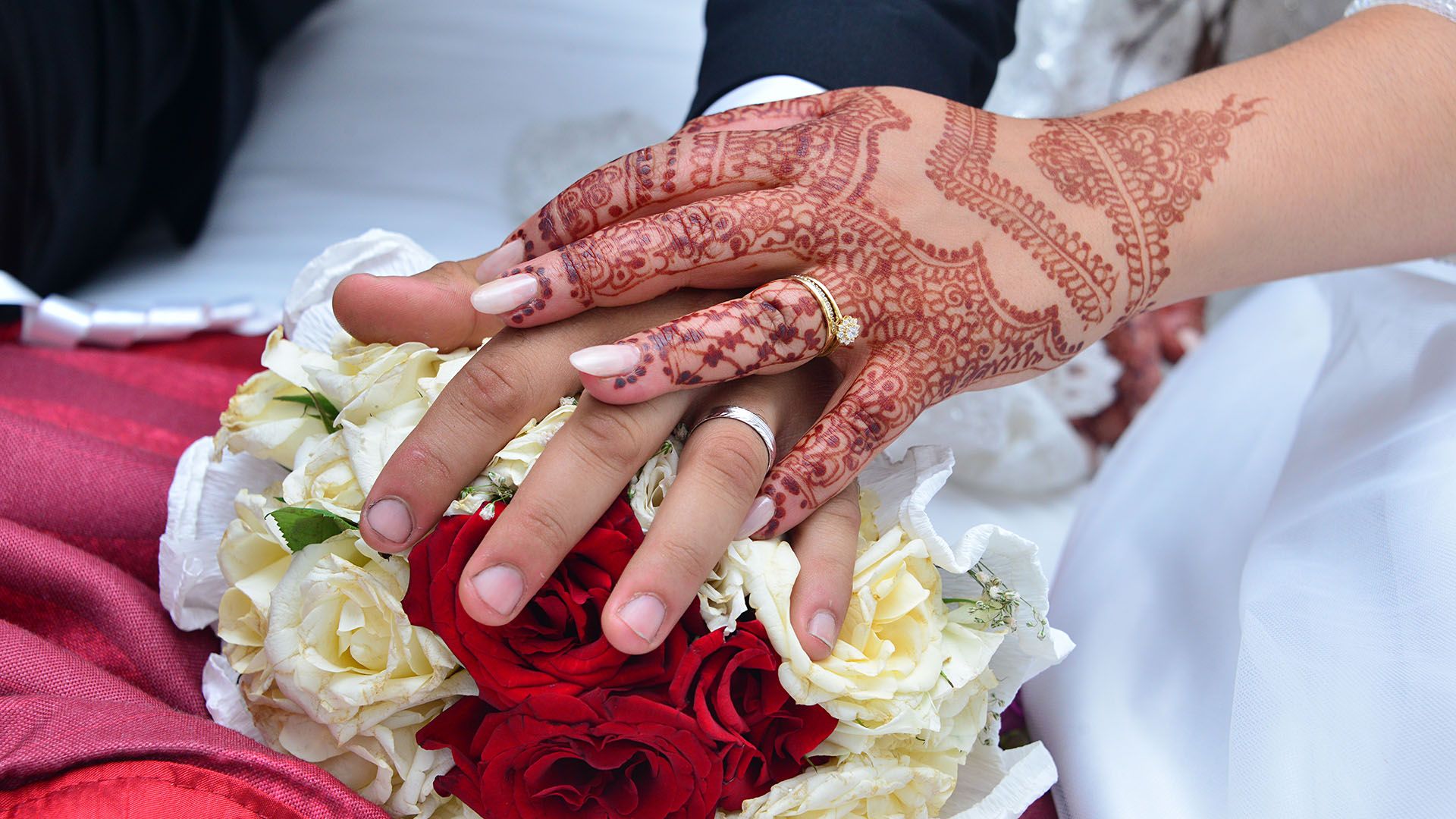20. Get a movie feel in Casablanca
Casablanca’s colonial architecture blends traditional Moroccan designs with French Art Deco into a distinctive style known as Mauresque.
The French-built city centre and its formal, colonial buildings already seem to belong to a different and distant age. The style of the administrative buildings, in particular, is known as Mauresque, or sometimes as “Neo-Moorish”, essentially a French idealization and “improvement” on traditional Moroccan styles, with lots of horseshoe arches, and even the odd touch of darj w ktarf, originally an Almohad motif.
Casablanca’s most obvious sight is the Hassan II Mosque, and it also has the only Jewish museum in the Muslim world, but the city’s true delight remains the Mauresque and Art Deco architecture.
Casablanca can be a bewildering place to arrive, but once you’re in the centre, orientation gets a little easier. Its focus is a large public square, Place Mohammed V, and most of the places to stay, eat, or see, are located in and around the avenues that radiate from it.
Discover the wonders of Casablanca as you tour around the city’s highlights. As you explore, feel immersed in the unique atmosphere and gain an insight into the city’s diverse history and culture.
Where to stay in Casablanca:
- Best for location: Melliber Appart Hotel. Offering free WiFi and a restaurant, Melliber Appart Hotel is situated in Casablanca, 200 m from Mosque Hassan-II. Free private parking is available on-site.
- Best for luxury: Suite Hotel Casa Diamond. Set in Casablanca, 4.5 km from Hassan II Mosq, Suite Hotel Casa Diamond offers accommodation with a restaurant, free private parking and a fitness centre. This 5-star hotel offers a concierge service and luggage storage space.
Find more accommodation options to stay in Casablanca




























